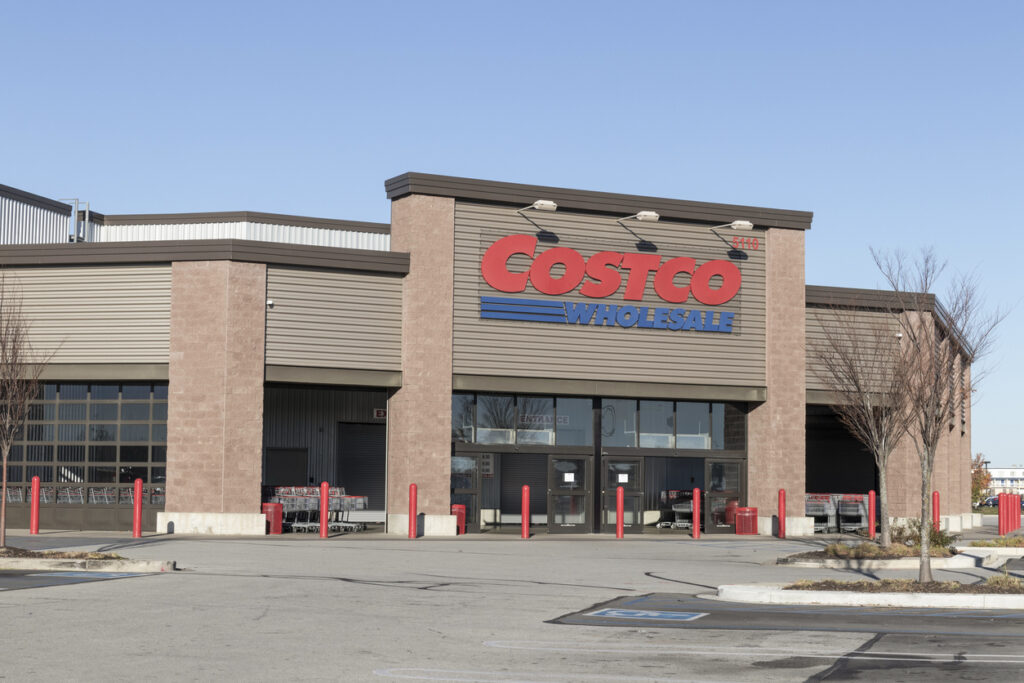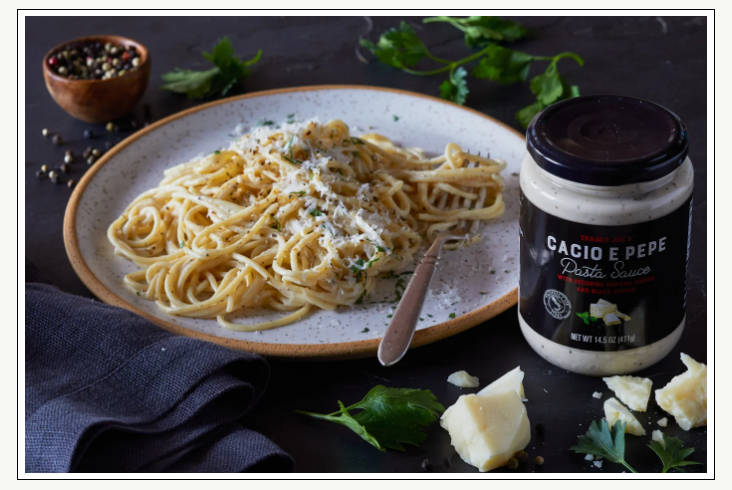
In the competitive world of grocery retail, ALDI and Lidl stand out as success stories, capturing the attention and loyalty of shoppers across the globe. With their roots in Germany, these two powerhouse retailers have expanded their reach, bringing their unique business models to international markets with notable success. Their growth in recent years can be attributed to a combination of low prices, private labels, innovative merchandising strategies, and a deep understanding of their customer base. This article delves into the secrets behind the continued success of ALDI and Lidl, shining a light on their strategies and the reasons shoppers keep coming back.
Recent research from Placer.ai shows that both ALDI and Lidl have experienced significant increases in foot traffic, with ALDI seeing a 28.5% year-over-year growth in February visits, while Lidl enjoyed an 8.6% increase. This growth is indicative of their rising popularity among various demographics. For instance, ALDI’s median household income in its trade area is slightly lower than the national median, appealing to a broad spectrum of shoppers. On the other hand, Lidl attracts a more affluent customer base, with a median household income of $88,100, indicating its stores are often located in wealthier areas.
The psychographic data further highlights the distinct audiences of ALDI and Lidl. ALDI tends to draw a more blue-collar, suburban crowd, while Lidl appeals to a wealthier suburban segment. This differentiation allows each brand to cater to the unique needs and preferences of its customer base, thereby fostering loyalty and repeat visits.
Both retailers are in a phase of aggressive expansion, with strategies aimed at broadening their market reach. Lidl has made moves into major cities along the East Coast, including New York City, indicating a strategic shift towards urban markets. Conversely, ALDI has outlined ambitious plans to open 800 new stores by the end of 2028, focusing on organic growth and store conversions, especially following its acquisition of Southeastern Grocers. This move is set to bolster ALDI’s presence in the Southeast, promising a significant expansion of its footprint in the United States.
The leadership at Lidl US has expressed confidence in the brand’s potential for further expansion, emphasizing a commitment to offering an experience that resonates with the U.S. consumer. This approach underscores Lidl’s adaptability and willingness to tailor its offerings to meet local tastes and preferences.
With over 2,300 stores in 38 states, ALDI U.S. has been recognized as a leader in the grocery sector, even earning the title of Retailer of the Year for 2023. Meanwhile, Lidl continues to make its mark in the U.S. with more than 170 stores across nine East Coast states and Washington, D.C. Both ALDI and Lidl’s rankings on The PG 100 list of the top food and consumables retailers in North America highlight their significant impact on the industry.
The success of ALDI and Lidl can be attributed to their keen understanding of the evolving retail landscape and their ability to offer consumers quality products at competitive prices. By focusing on private labels, efficient operations, and customer-centric strategies, they have carved out distinct niches in the grocery market. As they continue to expand and innovate, ALDI and Lidl not only challenge traditional grocery retailers but also set new standards for value, convenience, and shopping experience. In doing so, they redefine what it means to be a successful grocer in today’s fast-paced and ever-changing market.











